Why Spain is a great place for kids
Choosing the city that's right for you
Choosing the visa that's right for you
More than just great weather
Why Spain provides a better quality of life
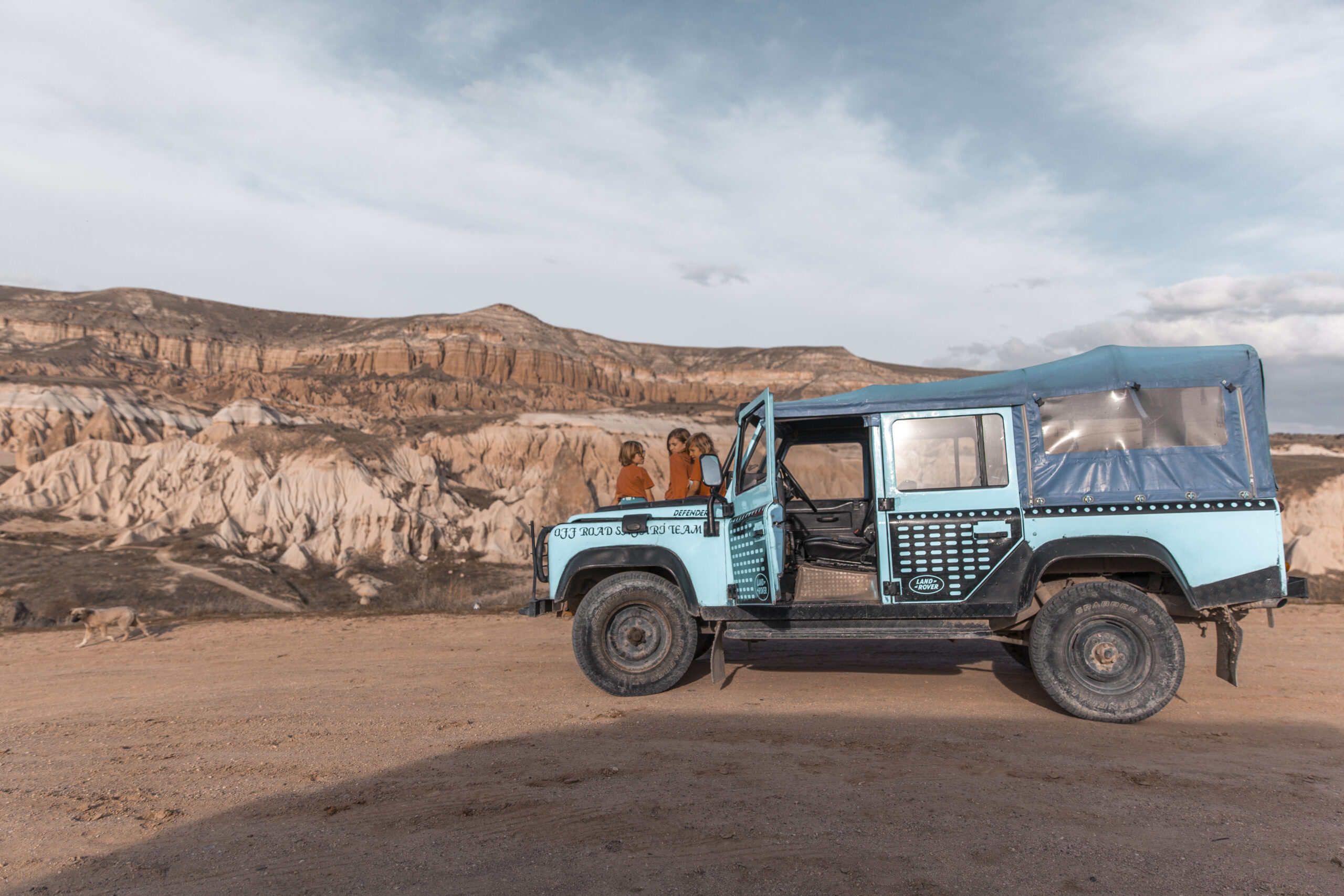
How we Plan
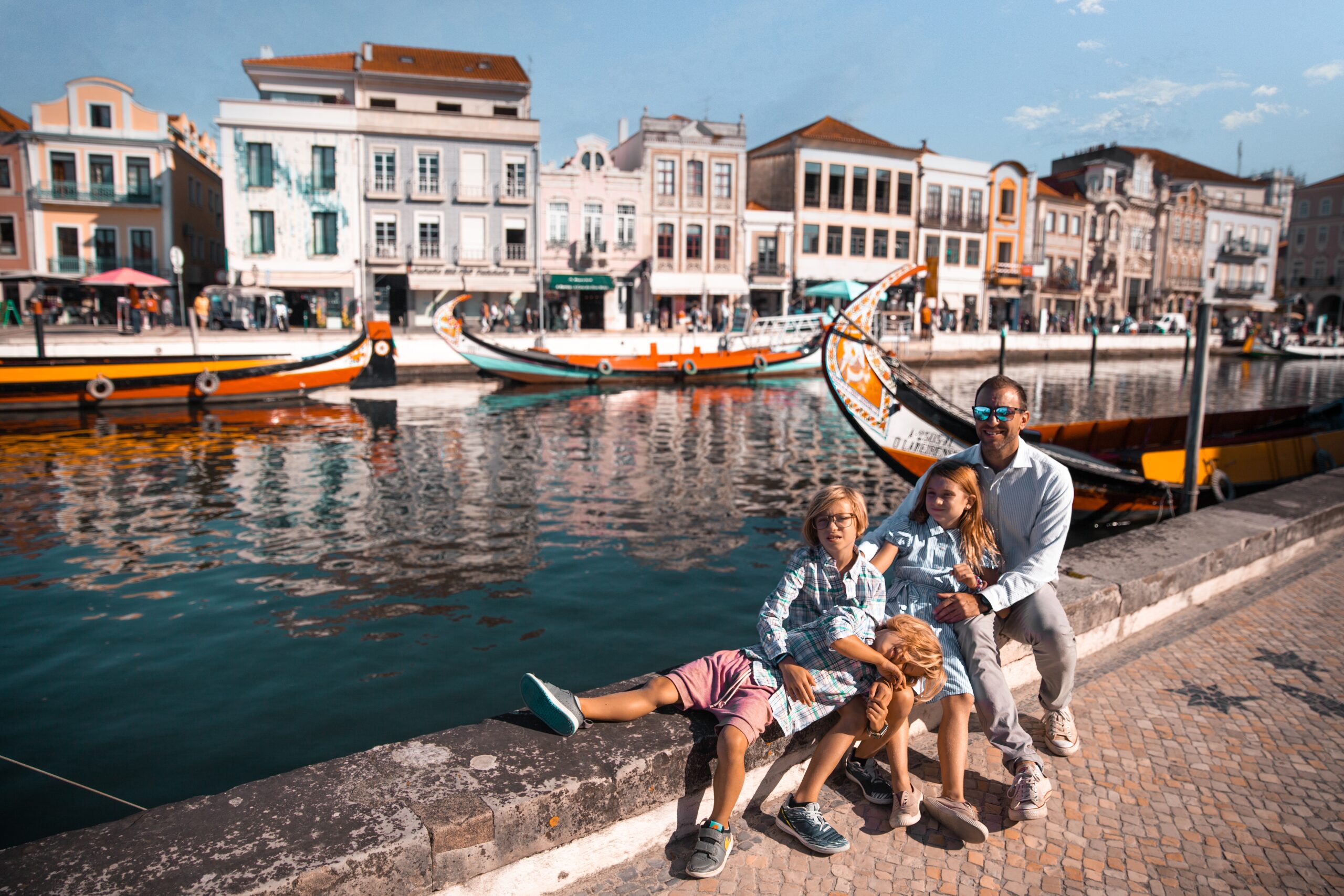
What we pack
Choosing Travel Insurance
Book Your Hotel
with Booking.com
Book Your Car
with RentalCars.com
Book Your Flight
with Skyscanner.com
Book Your Tour
with GetYourGuide.com
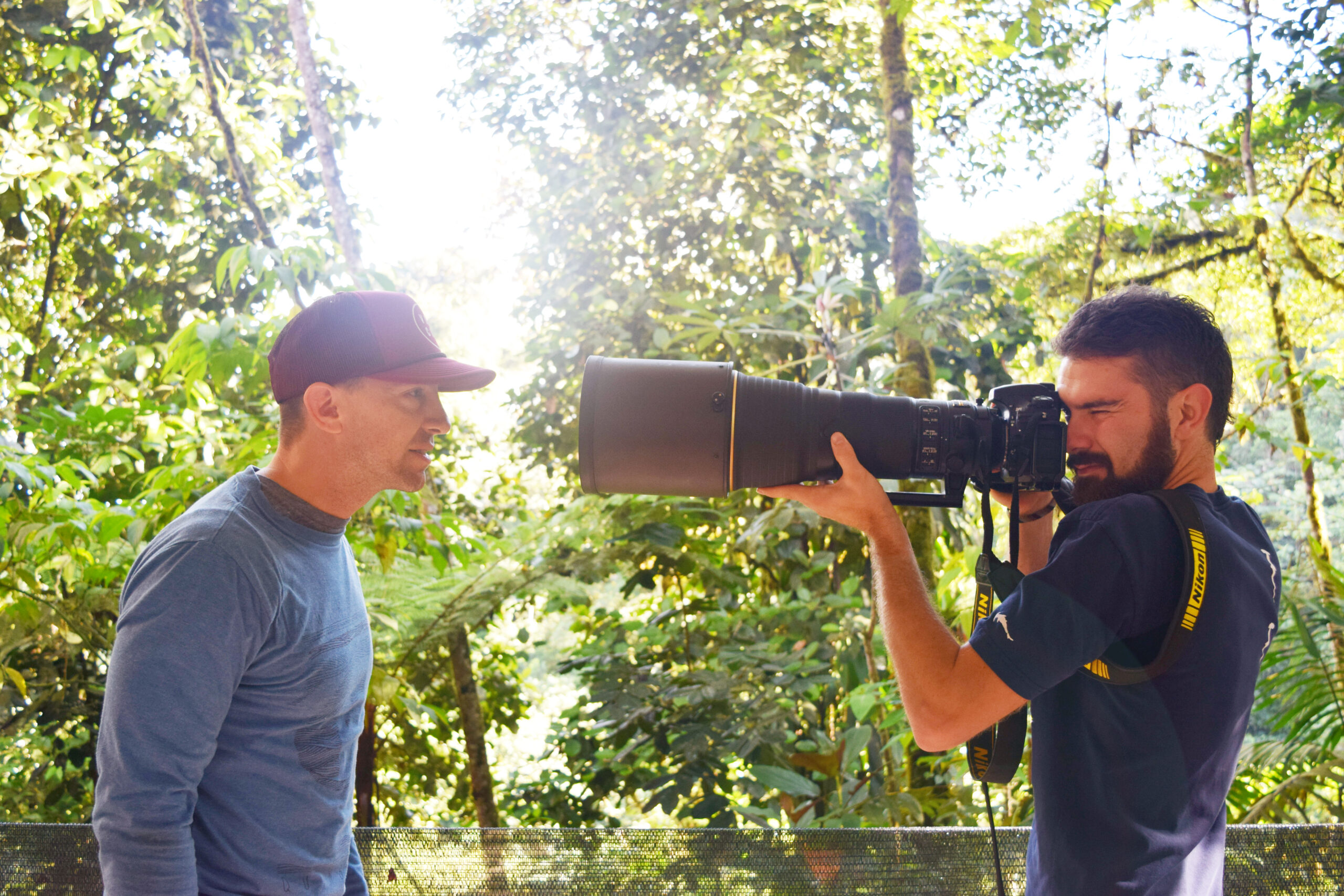
Our Camera Gear
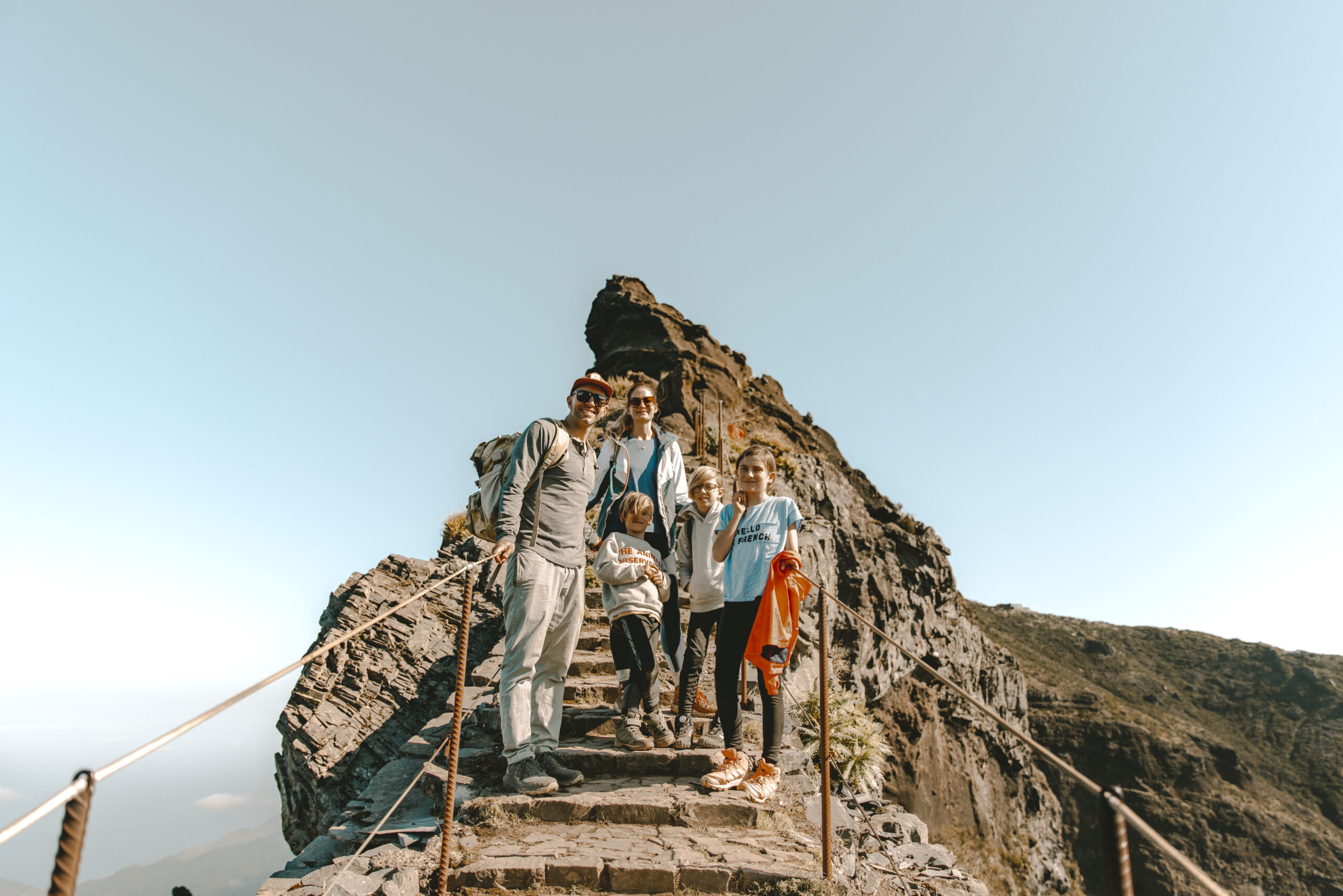
How We Fly
Choosing Your Destination
Guide to...
Panama
Panama, where the modern marvel of the Panama Canal intertwines with lush rainforests, idyllic islands, and vibrant cityscapes, offering travelers a captivating blend of natural wonders and cultural treasures awaiting discovery.
Map
Weather
Itineraries
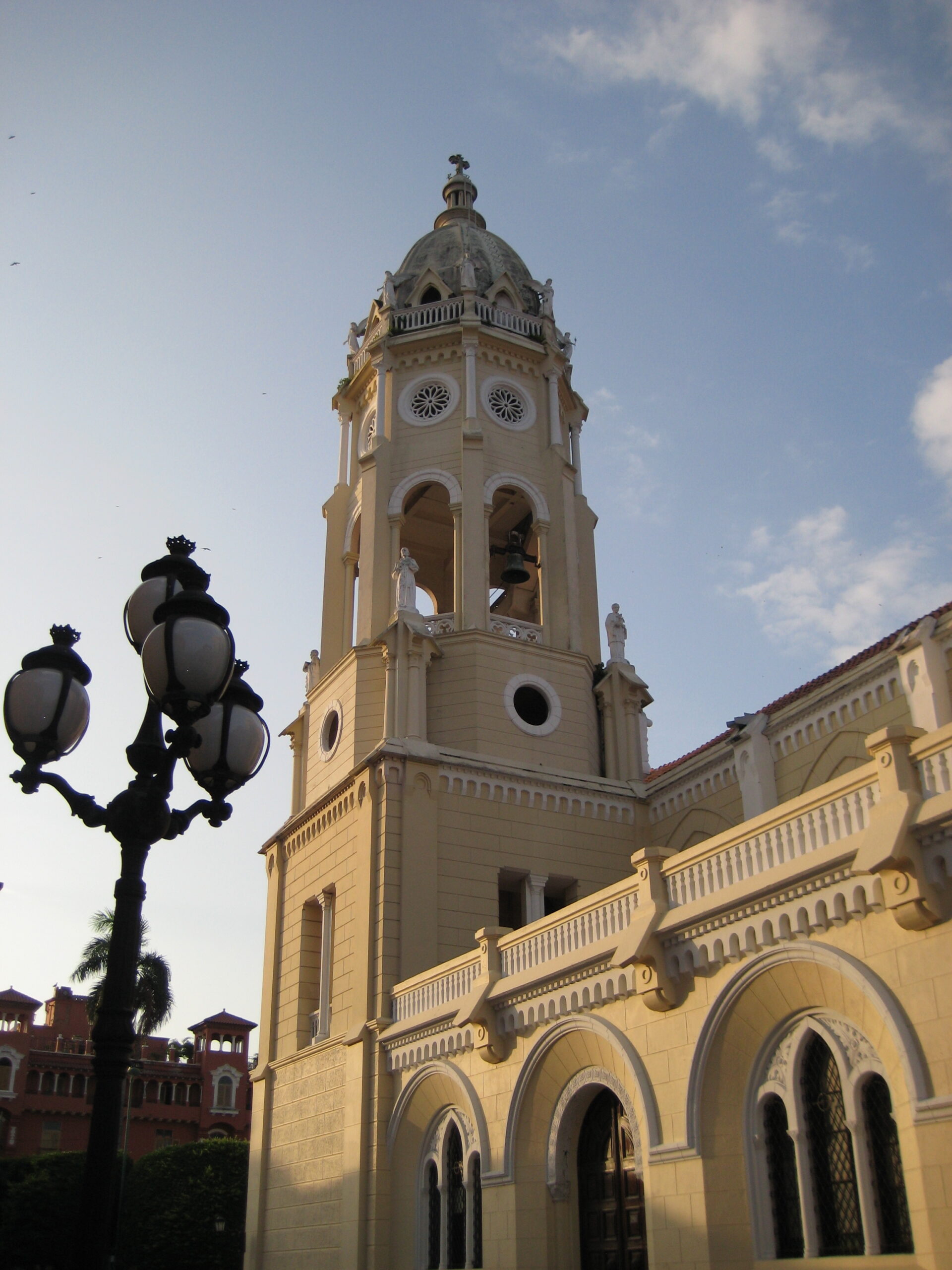
FAQ's
What are the main things to do with kids in Panama?
Panama offers a variety of fun activities for families with children. Here are some of the main things to do with kids in Panama:
1. Visit the Panama Canal: Children can learn about the canal’s history and watch ships pass through the locks at the Miraflores Visitor Center.
2. Explore the Biomuseo: This colorful, Frank Gehry-designed museum focuses on Panama’s biodiversity and offers interactive exhibits for kids.
3. Discover the Emberá Indigenous Village: Take a day trip to learn about the Emberá people’s culture, watch traditional dances, and enjoy a native lunch.
4. Enjoy the beaches: Panama has beautiful beaches on both the Pacific and Caribbean coasts, such as Coronado, Isla Contadora, and Bocas del Toro.
5. Visit the Parque Municipal Summit: This park features a zoo, botanical gardens, and walking trails where children can see native wildlife.
6. Go on a rainforest adventure: Explore Soberanía National Park, Gamboa Rainforest Resort, or the Metropolitan Natural Park to see diverse flora and fauna.
7. Take a boat tour: Go island-hopping in the San Blas Islands or take a cruise around Gatun Lake to spot monkeys, sloths, and exotic birds.
8. Visit the historic Casco Viejo: Explore the old city’s colorful buildings, churches, and plazas, and enjoy family-friendly restaurants and cafes.
9. Have fun at the City of Knowledge: This former U.S. military base now features a child-friendly science museum, sports facilities, and green spaces.
10. Enjoy outdoor activities: Go zip-lining, horseback riding, or hiking in places like El Valle de Anton or Boquete for a fun family adventure.
What is Panama famous for?
Panama is known for several things, including:
1. The Panama Canal: This engineering marvel connects the Atlantic and Pacific Oceans, facilitating maritime trade and transportation.
2. Biodiversity: Panama is home to a rich variety of flora and fauna, with many national parks, rainforests, and unique ecosystems.
3. Banking and finance: Panama is a major international banking center, known for its favorable tax laws and financial services.
4. Hats: The famous “Panama hat” is actually made in Ecuador but gained its name because it was often traded through Panama.
5. Coffee: Panama produces high-quality coffee, particularly the Geisha variety, which is among the most expensive coffees in the world.
6. Beaches: Panama boasts beautiful beaches on both the Pacific and Caribbean coasts, attracting tourists from around the globe.
7. San Blas Islands: This archipelago of 365 islands is home to the indigenous Guna people and features stunning sandy beaches and crystal-clear waters.
8. Colonial architecture: Panama City’s historic district, Casco Viejo, is known for its colorful colonial buildings and charming streets.
9. Panama Viejo: The ruins of the original Panama City, founded in 1519, are a UNESCO World Heritage Site.
10. Ethnic diversity: Panama is a melting pot of cultures, with influences from indigenous groups, Spanish colonizers, and Afro-Caribbean populations.
What power plug type does Panama use?
Panama primarily uses two types of electrical outlets:
1. Type A: This is the standard North American plug, also known as NEMA 1-15. It has two flat parallel prongs.
2. Type B: This is similar to Type A but has an additional round grounding pin below the two flat prongs.
Both types operate on a 120V and 60Hz electrical system, which is compatible with devices from the United States, Canada, and certain other countries.
However, some older buildings in Panama might still use Type C or Type F outlets, which are European-style plugs with two round pins. In such cases, travelers may need an adapter to use their devices.
It’s always a good idea to check the specifications of your devices and carry a suitable travel adapter when visiting Panama, especially if your appliances are not compatible with 120V systems.
Is Panama safe?
Panama is generally considered a safe country for travelers, but like any destination, it has some safety concerns visitors should be aware of. Here are a few key points:
1. Crime: Petty crime, such as pickpocketing and bag snatching, can occur in tourist areas and public transportation. Violent crime is less common but does happen, particularly in certain areas of Panama City.
2. Transportation: Traffic accidents are a concern, especially if you’re driving in Panama. Use caution when crossing streets, even at marked crosswalks.
3. Health: Panama has a relatively good healthcare system, but travelers should still take precautions against mosquito-borne illnesses like dengue fever and malaria.
4. Natural disasters: Panama is located in a seismic zone and prone to occasional earthquakes and volcanic activity. Flooding and landslides can also occur during the rainy season.
5. Tourist areas: Popular tourist destinations like Panama City, Boquete, and Bocas del Toro are generally safe, but travelers should still exercise caution and be aware of their surroundings.
To stay safe, travelers should:
– Keep valuable belongings secure and out of sight
– Avoid walking alone at night in unfamiliar or high-crime areas
– Use reputable transportation services and be cautious when driving
– Stay informed about current weather conditions and natural disaster risks
– Purchase travel insurance to cover medical emergencies or trip disruptions
Overall, Panama is a safe destination for most travelers, but it’s always a good idea to take standard safety precautions and stay informed about potential risks.
When is the best time to travel to Panama?
The best time to visit Panama depends on your preferences and the activities you have planned. However, generally speaking, the dry season from mid-December to mid-April is considered the best time to travel to Panama.
During the dry season:
– Panama experiences sunny skies, low humidity, and little rainfall.
– It’s the peak tourist season, so expect higher prices and more crowds.
– It’s ideal for beach activities, hiking, and visiting popular attractions.
The rest of the year, from mid-April to mid-December, is considered the rainy or “green” season:
– Panama experiences more rainfall, but showers are usually brief and occur in the afternoon or evening.
– The countryside is lush and green due to the rain.
– It’s the low tourist season, so prices are lower, and attractions are less crowded.
– Some outdoor activities may be limited due to the rain.
Other factors to consider:
– Panama’s Pacific coast is drier than the Caribbean coast, which experiences more rainfall throughout the year.
– Panama’s climate is relatively stable, with temperatures averaging around 30°C (86°F) year-round.
– Panama’s famous festivals, such as Carnival and the Panama Jazz Festival, take place in the dry season (February and January, respectively).
Ultimately, the best time to visit Panama depends on your goals and what you want to experience during your trip. If you prefer dry weather and don’t mind the crowds, the dry season may be best for you. If you want to save money and enjoy a quieter trip, consider visiting during the rainy season.
What documents do I need to travel to Panama?
To enter Panama, you will need the following documents:
1. Passport: A valid passport with at least three months of remaining validity from the date of entry into Panama.
2. Tourist Card: Upon arrival in Panama, you’ll need to purchase a tourist card, also known as a tourist visa, which allows you to stay in the country for up to 180 days. As of 2021, the cost is $20 USD for most nationalities.
3. Proof of onward travel: Immigration officials may ask for proof of onward travel, such as a return ticket or a ticket to your next destination.
4. Health documents:
– All travelers must complete an electronic sworn affidavit before checking in for their flight, stating they are free of COVID-19 symptoms.
– As of 2023, proof of COVID-19 vaccination or a negative COVID-19 test is no longer required to enter Panama, but this may change, so check the latest entry requirements before traveling.
5. Yellow Fever Vaccine Certificate: If you’re coming from a country with a risk of yellow fever transmission (such as some parts of South America and Africa), you may need to show proof of vaccination.
6. Other documents: Depending on your specific situation, you may need additional documents such as proof of accommodation, proof of sufficient funds, or travel insurance.
It’s always a good idea to check with the Panamanian embassy or consulate in your country for the most up-to-date entry requirements, as they may change. Also, make sure to carry photocopies of your important documents and keep them separate from the originals while traveling.
How long does it take to travel the Panama canal?
The time it takes to travel through the Panama Canal depends on the size of the vessel and the route taken. On average, it takes between 8 to 10 hours for a ship to transit the canal.
Here’s a breakdown of the typical transit times:
1. Canal transit time: The actual time spent navigating the locks and the canal itself is typically around 8 to 10 hours.
2. Waiting time: Ships often have to wait for their scheduled transit slot, which can add several hours or even days to the total transit time, depending on traffic and other factors.
3. Crossing Gatun Lake: The transit includes crossing the 33-kilometer-long Gatun Lake, which can take around 2 to 3 hours, depending on the vessel’s speed.
4. Daylight transit: Large ships, such as passenger vessels or container ships, are typically scheduled for daylight transits, which start at 6:00 AM and can last until 5:00 PM.
It’s important to note that the Panama Canal operates 24 hours a day, 365 days a year, but the specific transit times for each vessel are scheduled by the Panama Canal Authority based on various factors such as the vessel’s size, cargo, and the canal’s traffic.
For travelers interested in experiencing the canal, there are partial and full transit tours available, which can take between 5 to 10 hours, depending on the route and the type of tour chosen.
Where to travel in Panama?
Panama offers a diverse range of destinations and experiences for travelers. Here are some of the top places to visit in Panama:
1. Panama City: The capital city is a modern metropolis with a historic district (Casco Viejo), great restaurants, vibrant nightlife, and the famous Panama Canal.
2. Bocas del Toro: This archipelago on the Caribbean coast is known for its beautiful beaches, lush rainforests, diverse wildlife, and laid-back atmosphere.
3. Boquete: Located in the highlands of western Panama, Boquete offers a cooler climate, stunning mountain scenery, coffee plantations, and outdoor activities like hiking and birdwatching.
4. San Blas Islands: This archipelago of 365 islands is home to the indigenous Guna people and features pristine white-sand beaches, crystal-clear waters, and excellent snorkeling and diving.
5. El Valle de Anton: This picturesque town sits in the crater of an extinct volcano and is known for its cool climate, beautiful gardens, waterfalls, and artisan markets.
6. Coiba National Park: Located off the Pacific coast, this UNESCO World Heritage Site is a marine reserve known for its diverse wildlife, including whales, dolphins, and sharks.
7. Santa Catalina: This small fishing village on the Pacific coast is a popular spot for surfing, scuba diving, and deep-sea fishing.
8. Pearl Islands: This archipelago in the Gulf of Panama is known for its beautiful beaches, clear waters, and excellent fishing and snorkeling opportunities.
9. Soberanía National Park: Located near Panama City, this park is a popular spot for birdwatching, hiking, and wildlife spotting, including monkeys, sloths, and toucans.
10. Chiriquí Highlands: This region in western Panama is known for its stunning mountain scenery, cloud forests, and outdoor activities like hiking, rafting, and rock climbing.
These are just a few of the many destinations Panama has to offer. The best places to visit will depend on your interests and the type of experience you’re looking for.

